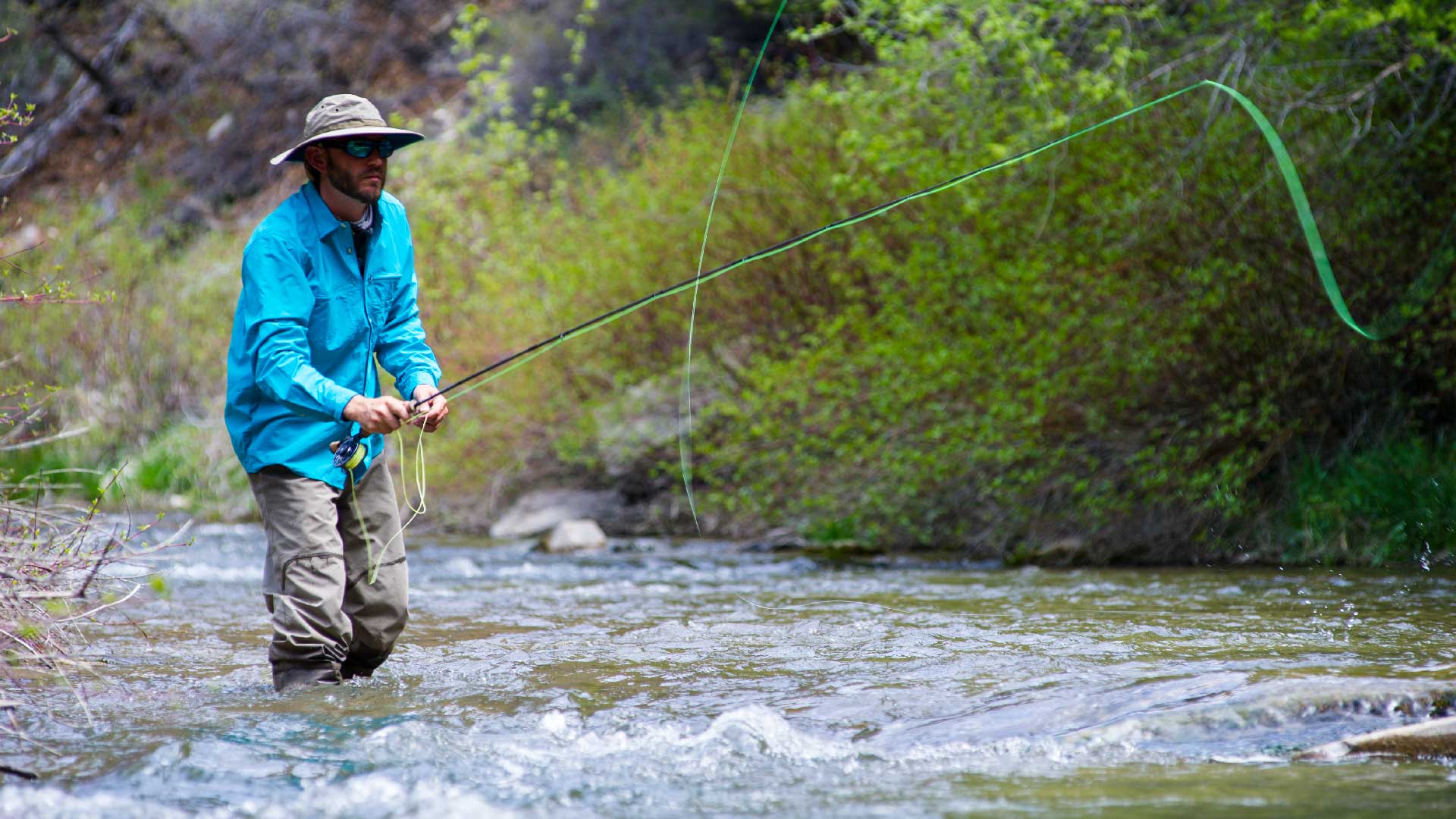Understanding the Basics of Fly Fishing Rods
Choosing the right rod is crucial for a successful fly fishing experience. The Best fly fishing rods combine performance, durability, and comfort to provide anglers with a seamless casting experience. When selecting a rod, it is essential to understand the different components, including the rod blank, handle, guides, and reel seat. Each of these features contributes to the rod’s overall balance, strength, and sensitivity, which are critical when aiming to catch elusive fish in various water conditions.
Rod Material and Construction
The material used in fly fishing rods significantly impacts their performance. Modern rods are typically made from graphite, fiberglass, or bamboo. Graphite rods are lightweight, strong, and highly sensitive, making them ideal for precise casting. Fiberglass rods offer flexibility and durability, perfect for beginners or those fishing in rugged conditions. Bamboo rods provide a classic feel and smooth action but require more maintenance. Understanding these materials helps anglers choose the Best fly fishing rods suited to their style and environment.
Rod Length and Action
Length and action are vital features to consider when selecting fly fishing rods. Rod length affects casting distance and control, with longer rods offering greater reach and shorter rods providing precision in tight spaces. Rod action describes how much a rod bends under pressure. Fast action rods bend mostly at the tip, delivering powerful and accurate casts, while slow action rods bend throughout their length, offering a smooth, forgiving feel. Selecting the right length and action ensures the rod performs efficiently for different fishing scenarios.
Weight and Line Compatibility
Another critical factor in the Best fly fishing rods is weight and line compatibility. Rods are matched to specific fly line weights to achieve optimal casting performance. Using the correct line weight ensures better control, longer casts, and reduces fatigue during long fishing trips. Lighter rods paired with lighter lines are ideal for small streams and delicate presentations, while heavier rods with stronger lines suit larger rivers and bigger fish species. Proper matching enhances accuracy and overall fishing enjoyment.
Handle Type and Comfort
The handle is the angler’s point of contact with the rod and greatly influences comfort and control. Handles are typically made of cork or EVA foam. Cork handles provide a classic, lightweight feel with excellent grip, even when wet. EVA foam handles are durable, resistant to wear, and comfortable for extended fishing sessions. The shape of the handle, whether full wells, half wells, or cigar-shaped, also affects casting technique and fatigue management. Choosing a comfortable handle ensures a better overall fishing experience.
Guides and Reel Seats
High-quality guides and reel seats are essential features in the Best fly fishing rods. Guides direct the line along the rod and reduce friction, improving casting distance and accuracy. They are usually made of stainless steel or titanium with ceramic inserts for smooth line flow. Reel seats secure the reel firmly to the rod while allowing easy adjustments. Durable and well-designed guides and reel seats enhance the rod’s performance, reliability, and longevity.
Portability and Travel Considerations
For anglers who travel frequently or hike to remote fishing spots, portability is an important feature in fly fishing rods. Many rods come in two or more pieces for easy transport without sacrificing performance. Lightweight, compact rods allow anglers to carry them comfortably while maintaining the strength and action needed for effective casting. Considering portability ensures the rod remains practical and convenient for various fishing adventures.
Durability and Warranty
Durability is a key consideration when investing in the Best fly fishing rods. High-quality rods withstand harsh environments, resist corrosion, and maintain performance over time. Checking for warranty coverage can provide added peace of mind, ensuring that any defects or issues are addressed by the manufacturer. Investing in durable rods protects your investment and guarantees a long-lasting, enjoyable fishing experience.
Conclusion
Selecting the Best fly fishing rods requires careful attention to material, length, action, weight, handle, guides, and durability. Each feature contributes to the rod’s overall performance and suitability for different fishing conditions. By understanding these critical aspects, anglers can confidently choose a rod that enhances their casting precision, comfort, and fishing success. A well-chosen rod transforms every fishing trip into a rewarding and enjoyable experience.

Leave a Reply